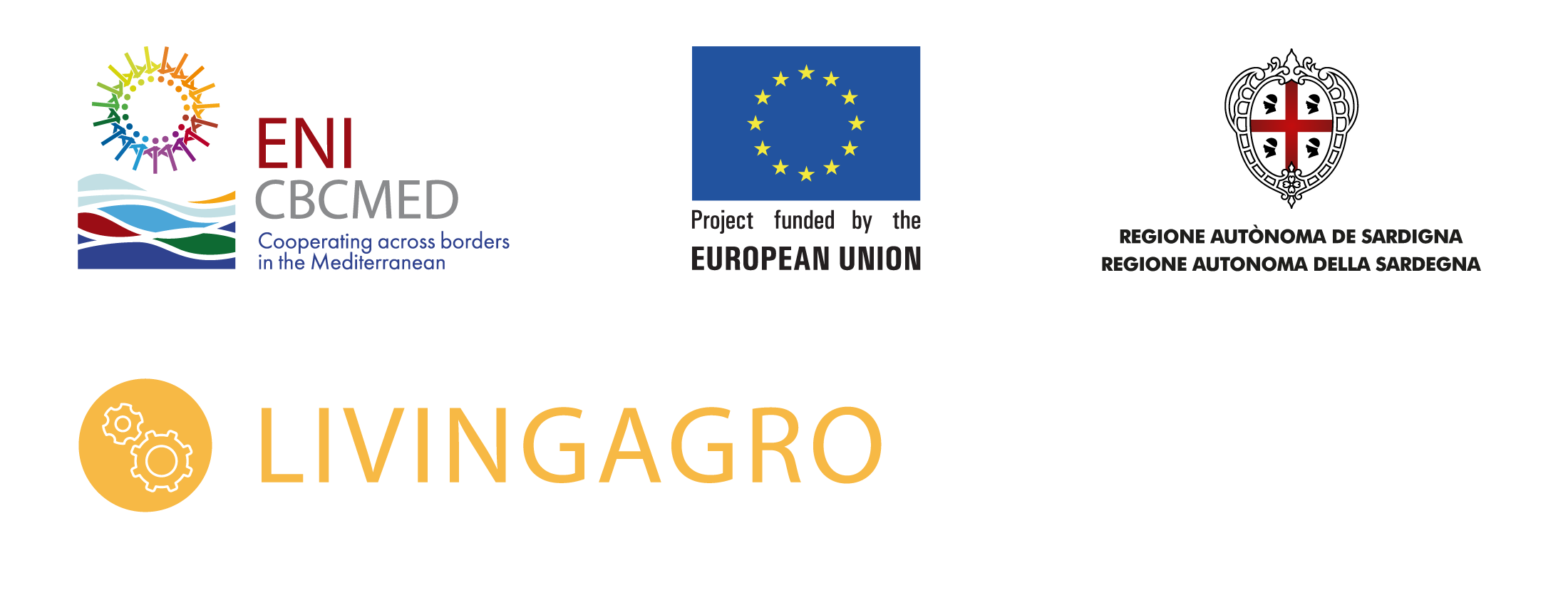Agroforestry in olive orchards is the practice of integrating different vegetation (herbaceous or shrubs) or pasturelands among olive trees. Agroforestry can help increase the sustainability of olive orchards by making the trees less vulnerable to pests, diseases or climatic stresses. This is achieved through factors such as increased biodiversity, improved soil stabilization, increased farmers profitability and others.
This module introduces economic but also research stakeholders to basics and advanced principles of Agroforestry for oliviculture. They will be able to acquire knowledge and information related to different systems that can be useful by integrating the traditional oliviculture system and Agroforestry. They will have an overview on the effect of different agricultural practices on soil characteristics, pest management, water conservation and olive quality.
In addition, this module will present many successful case studies from different countries where innovative practices supported the sustainability of olive and olive oil production and subsequently livelihood security of rural societies. The acquired information will develop the farmers understanding of sources of ideas that could be implemented according to his/her needs in order to increase quality and income.
Course 1
Introduction to Agroforestry for Multifunctional Olive Systems
This course introduces participants to agroforestry in general by providing information on the concept of agroforestry, history, extent in the world, practices and advantages. It also provides a general overview about the importance of olive cultivation in the Mediterranean region. Participants will have the chance to develop their knowledge on the general principles of Agroforestry for olive multifunctional system from different perspectives.
Chapter 1
Introduction to Agroforestry concept | EN | AR | GR | IT
Chapter 2
Olives cultivation in the Mediterranean region | EN | AR | GR | IT
Chapter 3
Olive Agroforestry as a Traditional Land Use | EN | AR | GR | IT
Course 2
Effect of Agroforestry on olive orchards soil and water management
In this part of module 1, participants can discover the valuable effects of agroforestry on olive orchards soil characteristics through different soil management strategies. A highlight will be given to practices such as cover crops, intercropping and green manure effect on soil conservation and fertility. Moreover, experts in irrigation and water management will explain the important role that Agroforestry can play on soil water content and availability for plants.
Chapter 1
Cover crops and green manure | EN | AR | GR | IT
Chapter 2
Intercropping with olives | EN | AR | GR | IT
Course 3
Agroforestry as a tool to increase biodiversity and manage olive pests and diseases
This course focuses on the effect of Agroforestry for oliviculture on the biodiversity in olive orchards. Biodiversity conservation has a positive impact on olive pests and disease control.
Chapter 1
The effect of Agroforestry on Biodiversity | EN | AR | GR | IT
Chapter 2
The effect of Agroforestry on biological control of olive pests | EN | AR | GR | IT
Chapter 3
Effect on olive diseases | EN | AR | GR | IT
Course 4
Success stories
In this part, successful cases of implementation of agroforestry within an olive orchard in order to encourage farmers to introduce such concepts in their orchards. Data from existing systems will be provided and discussed from different points of view
Chapter 1
Examples of the successful use of agroforestry in olive orchards | EN | AR | GR | IT
